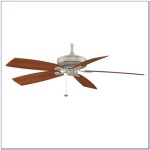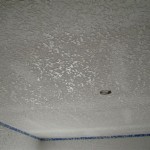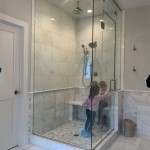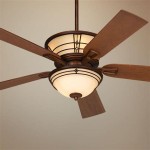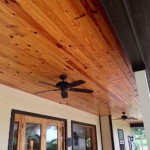How Drop Ceiling Works
A drop ceiling, also known as a suspended ceiling or false ceiling, is a construction technique used to create a secondary ceiling below the main structural ceiling. It offers flexibility in design, acoustic control, and access to utilities, making it a commonly used solution in commercial, office, and residential spaces.
Components of a Drop Ceiling
A drop ceiling system typically consists of several components:
- Tiles: Interlocking panels that form the visible surface of the ceiling.
- Grid System: A framework of metal strips that supports the tiles.
- Main Beams: Heavy-duty beams that are suspended from the structural ceiling.
- Cross Tees: Lighter beams that span across the main beams, creating a grid.
- Hanger Wires: Wires that suspend the grid system from the main beams.
Installation Process
Installing a drop ceiling involves the following steps:
- Plan the Layout: Determine the desired layout and locate any obstacles or obstructions.
- Install Main Beams: Suspend the main beams from the structural ceiling using hanger wires.
- Install Cross Tees: Place the cross tees perpendicular to the main beams, creating a grid.
- Drop Tiles: Interlock the tiles into the grid system, starting from one corner and working outwards.
Benefits of Drop Ceilings
Drop ceilings offer several advantages:
- Design Flexibility: Allows for customization with various tile designs and colors.
- Acoustic Control: Tiles can absorb sound, reducing noise levels and improving speech intelligibility.
- Accessibility: Provides easy access to utilities, such as electrical wiring, ventilation ducts, and plumbing pipes.
- Cost-Effective: Can be more economical than traditional drywall ceilings.
- Easy Maintenance: Tiles can be easily replaced or cleaned.
Types of Drop Ceiling Tiles
Drop ceiling tiles come in various materials and finishes, including:
- Mineral Fiber: Fire-resistant, sound-absorbing, and affordable.
- Metal: Durable, easy to clean, and suitable for moisture-prone environments.
- Vinyl: Waterproof, low-maintenance, and available in a wide range of colors.
- Wood: Natural aesthetic, sound-absorbing, but requires regular maintenance.
- Composite: Blends materials for enhanced durability, sound absorption, and moisture resistance.
Conclusion
Drop ceilings offer a practical and versatile solution for ceiling design and utility management. Their customizable appearance, acoustic properties, accessibility, and cost-effectiveness make them a popular choice in both commercial and residential settings.

How To Install A Drop Ceiling 14 Steps With Pictures Wikihow

Method Statement For Suspended Ceiling Installation

Method Statement For Suspended Ceiling Installation

Gypsum Board Ceiling Method Statement Portal

Entire False Ceiling Work In 8 Minutes A2z Construction Details

Entire False Ceiling Work In 9 Minutes 2024

How To Install A Suspended Or Drop Ceiling

How To Do False Ceiling Tips For A Perfect Look Your Home

Suspended Ceiling Installation Safe Work Method Statement Swms Bluesafe

Gypsum False Ceiling Work Thickness 8 Mm At 219 Sq Ft In Chennai Id 2855065506133
Related Posts

